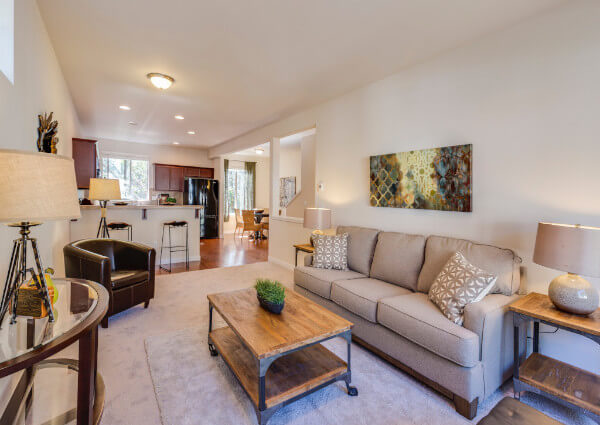
An Overview of Heating and Air Conditioning Systems
HVAC is commonly referred to as air-conditioning, but the systems function more efficiently than that. It can provide cool and comfortable indoor temperatures and provide higher humidity control than comparable cooling and heating equipment. Heating, ventilating, and air-conditioning are critical in heating, ventilating, and conditioning in many buildings.
When considering Heating and Air Dayton Ohio needs, homeowners are often overwhelmed by their decisions. From the size of the unit to the type of furnace needed to keep it cool, there are so many details to consider. In many cases, the homeowner does not even know all of the elements involved in the system. The goal is to find the right balance between cost and efficiency. One way to cut costs is to split schemes into two or more systems.
A traditional heater/air conditioning unit consists of a furnace, heat exchanger, pre-heater, fan, ductwork, etc. Many homeowners try to go “green” and install high-efficiency, energy-efficient heating, and air conditioning units with separate furnaces for heating and air-conditioning. If this is done, however, the homeowner will be faced with the challenge of providing ventilation for the stove while also heating and cooling the home efficiently.
Two options that are often combined are a heating and cooling system that employs a heat pump and an air-conditioning unit. The heat pump can be operated independently or in conjunction with the existing heating and cooling system. In certain situations where space is at a premium, it may be better to combine these two systems. When combining them, it is important to make sure that they are designed for each other and can work efficiently together.
It is also possible to use one type of HVAC units, such as an electric furnace, with natural gas or propane fuel. The benefit of this hybrid heating system is that it takes advantage of both types of technologies without making a big switch. Hybrid systems can also provide flexibility by allowing some features of both systems to be included. This can include venting for exhaust gas, but may require changes to the insulation or ductwork.
Another option for a heat and air conditioning system is to use one unit that is designed for hot water and one unit that is designed for heating. This allows for flexibility in the amount of heating that needs to be done throughout the day. However, one disadvantage of this hybrid heating and cooling system is that both units will need to be serviced periodically to ensure that they are operating at maximum efficiency. In addition, a separate service call may be necessary for the natural gas or propane appliance.
Newer technology has made improvements to both heating and air conditioning systems that have made them more energy efficient. These advancements have helped to improve the performance and life expectancy of the equipment. Some of these improvements have been featured in recent television advertisements, showing technology in action. For example, one of these commercials shows the heating and cooling system in action in a fire department.
An HVAC professional will typically be able to offer information about the latest advances in heating and air conditioning technologies. In addition, they will be able to offer information about the newest models on the market. Many consumers choose to purchase their own heating and air conditioning units because they feel more comfortable dealing with a company that they know and trust. This familiarity can help to make the experience easier and more enjoyable.


